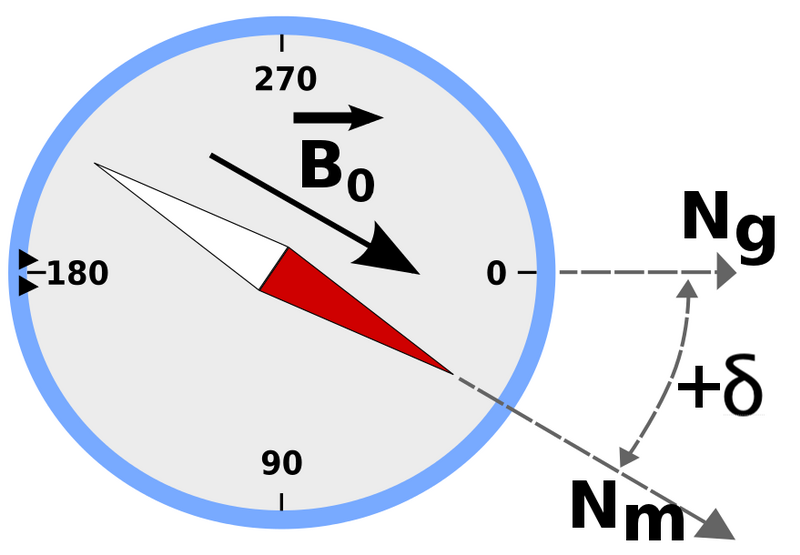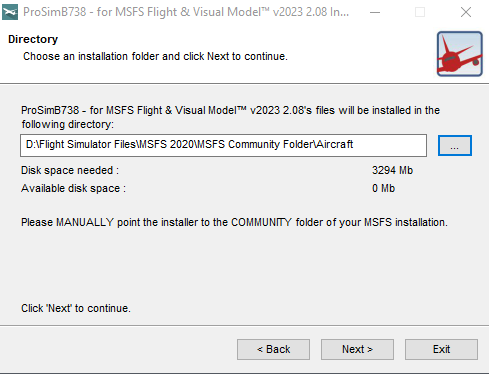FLIGHT CONTROLS - RUDDER PEDALS
Virtual flyers often disregard rudder pedals saying they are not essential. I disagree, as rudder pedals enable greater realism during crosswind landing approaches.
Furthermore, they add to the aesthetics of the flight simulator, and if the rudder pedals are OEM this greatly improves the experience when using the simulator.
I have used three rudder pedal assemblies starting with CH Products and Precision Flight Controls (PFC) to my current custom set-up manufactured using OEM components. It is planned to hopefully replace these with an OEM rudder assembly.
OEM is an acronym for Original Equipment Manufacturer.
Rudder Pedal Assembly
The rudder pedal assembly incorporates the following:
OEM rudder pedals;
Custom fabricated canoes;
Tensile springs; and,
A fiberglass linkage bar.
The rudder pedals are from a 737-400 series and are identical to the pedals used in the Next Generation. Boeing has used the same designed rudder pedals in all their 737 air frames from the classic 100 onward.
OEM 737-800 RUDDER CRANKS INSTALLED TO MIP
The assembly has been fabricated from thin aluminium sheeting and heavy duty ABS plastic. The ‘cheesy-looking’ crank handle and circuit breaker panel was an experiment and have since been disposed of and replaced by OEM circuit breakers and crank handles.
To enable the movement of the Captain and First Officer rudder pedals to be synchronised, a heavy duty rod made from fiberglass was installed underneath the platform and connected to a pivot located beneath the left and right rudder assembly. The design of the mechanism is very similar to the design used to connect the Captain and First Officer control columns and yokes.
In the real aircraft, depressing the rudders requires the pilot to depress the pedals with subsequent force; the pedals are quite hard to depress, and it's difficult to keep them depressed for an extended period of time. To replicate this pressure (until control force feedback is installed), heavy duty tensile springs have been installed to the rudder linkages beneath both rudder assemblies.
oem 737-400 rudder pedals fabricated canoe section
The pedal assembly cannot be racketed forward or aft to cater towards pilot leg length; the pedals are in a fixed position.
Although the rudder assembly is functional, its appearance is sub-par. I was tempted to use an OEM rudder assembly from the older 737 classic airframe, as these are quite easy to come by. However, the difference in the canoes and foot rests is quite distinctive.
In time, the central canoe will be replaced either with an OEM Next Generation canoe, or at the very least a fabricated canoe that looks similar to the OEM part.
Toe Brakes
The 737 aircraft uses toe brakes, and this system has been replicated. Toe brakes engage when the upper part of the pedal (the toe) is depressed. The remainder of the pedal is used to move the rudder left or right.
There are a number of ways that toe brakes can be implemented, and the method used will depend upon whether there is a requirement for differential braking.
I have used micro buttons to activate the toe brakes. A button (on/off) is connected to each rudder pedal and in turn to connected to the toe brakes command in ProSim737 (or FSUIPC). The obvious downside to this simple method is that the toe brakes are either on or off as the pedal is depressed or released, and although braking (left and right) is possible, graduated braking is not.
OEM 737-800 RUDDER PEDALS. THE OEM PEDALS ARE MADE FROM 3 MM THICK ALUMINUM AND ARE VERY STURDY
Calibration of the Rudder
Initially a inexpensive rotary potentiometer was used to enable rudder calibration. However, this has been replaced with a Unimeasure LX-PA string potentiometer. The potentiometer is connected with a Leo Bodnar BU0836X card.
The Movement of the rudder pedals has been assigned an axis and this is calibrated in by direct calibration in ProSim737 (or in FSUIPC).
Additional photographs can be viewed in the Image Gallery.
Addition information OEM Rudder Crank Unit.
Updated 25 June 2020.
Updated 04 January 2025.












































